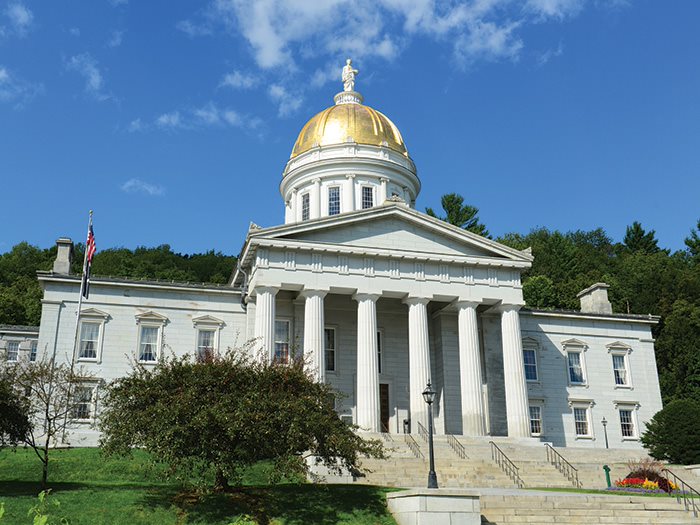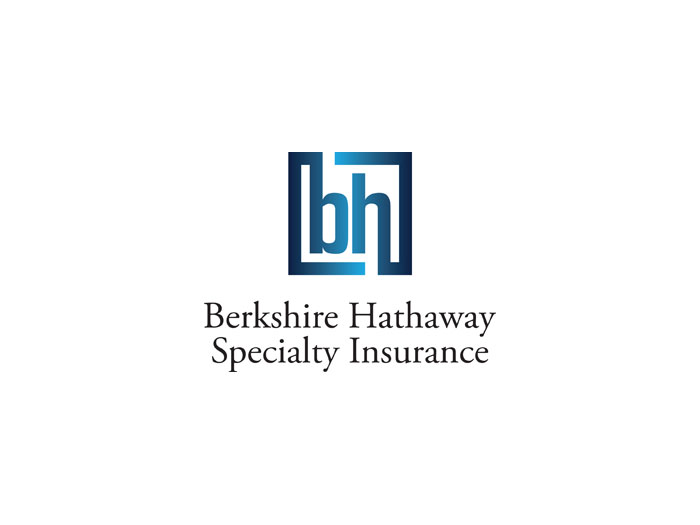Why International Businesses Want Vermont to House Their Captives

Vermont is home to more than 100 captives from non-U.S.-based companies, comprising about 10% of active captives in the domicile, with more on the way. The companies are attracted to captives in general and to Vermont as a domicile for a number of reasons.
“A lot of non-U.S. or foreign-owned or foreign-headquartered companies are establishing captives in the U.S., primarily because they have a footprint in the U. S.,” said Brady Young, president and CEO of Strategic Risk Solutions.
“With the hardening market, I think the demand for captives is increasing generally in all domiciles,” said Chris McCormack, head of group insurance at RELX, a global provider of information-based analytics and decision tools.
“It’s a useful risk retention vehicle,” McCormick said.
“It enables a company like RELX to retain risk in a thoughtful manner and also gives our businesses the opportunity to have an insurance program that is consistent with the markets in which they operate.”
Finding Strong Growth in the U.S.
For companies insuring risk through existing foreign-domiciled captives, a U.S. captive can still make a lot of sense.
“It’s more cost-efficient to set up a U.S. captive and have that captive actually just be a vehicle to front into their foreign captive,” said Bill Mourelatos, managing director, captive & insurance management, Aon Global Risk Consulting.
“Those reinsurance premiums would be subject to federal excise tax at a 4% rate. But by having that captive in the U.S. act as a transient pass-through, that rate gets cut to 1%. So it’s really cost efficient … If the strategy is to house all the risk in the non-U.S. captive, then it does make sense to transfer that risk through a U.S. captive into their foreign captive.”
For companies looking into U.S. domiciles, Vermont is always a primary consideration.
“Vermont is the ‘granddad’ of U.S. captive domiciles and has a great reputation as being a stable and experienced domicile over decades,” said Young.
“It is also the home to many of the largest companies that are using their captives for a wide variety of risks. So for any large non-U.S.-based company, Vermont is almost always under consideration given it’s viewed as a safe choice.”
Mourelatos agreed: “It’s the largest captive domicile in the U.S. by number of captives, premium assets, et cetera, but I think what makes it unique is it’s only had three regulators since it was created 30 plus years ago.
“That stability really helps, because clients know the regulators, they have built relationships, and it’s all about understanding your clients,” Mourelatos said.
That experience also gives regulators the confidence to keep an open mind and to work with companies looking to innovate.
“They wear a different hat in terms of being a business partner to help clients get the most from their captive,” Mourelatos said.
“They’re not consulting or providing guidance, but they’re trying to understand the strategic objectives of these clients in Vermont to help them.”
Vermont in Action
For McCormick, Vermont topped the list from the beginning.
“We looked at the regulatory environment, the accounting and taxation issues, as well [as] local infrastructure, and for us, it just made all kinds of sense to look at Vermont,” McCormick said.
“It’s a well-established domicile, it’s based in the U.S., where we have a large presence, and both the regulatory environment and infrastructure was supportive to establishing our captive.”
Volker Baer, CEO and president of RC Insurance Corp, Wurth Group’s captive insurance subsidiary, initially looked to another U.S. domicile.
“We started the process, and it was so cumbersome. The other state, in our opinion, did not really know what it was doing,” said Baer.
“So we pulled the plug and we decided to go with Vermont. And what we’ve seen is there is a professionalism, there is a sense of urgency, and there is also a customer service orientation in Vermont.”
Mourelatos also cites Vermont’s solid captive support infrastructure.
“The captive managers, the audit firms, the actuaries — that infrastructure of service providers really differentiates Vermont versus the other domiciles in the U.S.”
Vermont also provides tax benefits. “Vermont’s premium tax rate is quite competitive with other domiciles and the profits of Vermont captives are not subject to state income tax,” said Young.
“I would describe Vermont as a ‘low tax’ domicile compared to certain countries.”
But, importantly, the taxes aren’t too low.
“Most major companies based outside the U.S. do not want to have a subsidiary that attracts negative attention from their home countries,” said Young.
“Vermont is an ‘onshore’ domicile, and as such, any captive owned by a for-profit parent must pay U.S. federal income tax on its profits if it’s a ‘large’ captive or investment income if it’s a ‘small’ captive. The federal tax rate in the U.S. is 21%, which makes it a lower tax than some countries but certainly does not make it a ‘tax haven’ compared to various offshore domiciles.”
The Growing World of Captives
Companies use their captives to cover a wide range of risk.
“In general, casualty risks are the main drivers, including workers’ compensation, general/products liability and automobile liability,” said Young.
“For some companies, property, including terrorism, is a key issue they use their captive to help address. Increasingly, we are seeing captives being used to address cyber and other emerging risks, including direct and indirect business interruption exposures. Last, but not least, the ability of captives to access the reinsurance market to obtain bespoke coverages and additional capacity is still very much in vogue,” Young added.
Wurst Group is a case in point. “We did the usual, the workers’ comp and auto kind of business, but then we also put some policies in that we had no coverage at all, so wage and hour, terrorism, reputation,“ said Baer.
“We transferred that first into the Vermont captive and then we actually reinsure all of this or the majority of it over to the Luxembourg captive. So we used the Luxembourg captive as a reinsurer for our U.S. business.”
Emerging and evolving risks, which markets may struggle to accurately price, also contribute to increased interest in captives.
“A lot of states have removed the statute of limitations for sexual abuse and molestation cases,” said Mourelatos. “That changes the risk profile whereby markets are now leaving that cover or increasing it significantly … That’s where the captive comes in and fills that gap.”
Captives can also be used to transfer risk to markets with more relevant capacity. Mourelatos cites growing risk from wildfires in California, which face a limited market capacity in the U.S.
Cell captives are also being used for parametric covers, like those triggered by certain weather events or conditions, for example.
“Some of these more innovative players are using our White Rock Cells to cover parametric for municipalities and power companies and such,” said Mourelatos. “But the reality is, because of the hardening market, we’re seeing a lot more premium volume come in on the traditional lines of business.”
The market is also prompting captive owners to look more broadly at what risks make sense to place with their captives.
“With the hardening market, a lot of captive owners are saying, ‘Okay, what else can I do or what additional risk or layers can I insure within my captive that the markets aren’t responding to?’ ” said Mourelatos.
“We’re seeing an uptake in property, D&O cover and traditional casualty … We’re seeing a significant uptick now in captives writing cyber, because corporates are getting more comfortable understanding that risk profile and being able to mitigate it through a captive.”
As markets and risks continue to change, Vermont is committed to changing along with them.
“Vermont has been responsive over the years in updating its captive law to respond to the needs of the industry,” said Young.
“However, it takes a lot more than good legislation to make a successful domicile, and Vermont has the right regulatory team, necessary infrastructure, cost structure to continue to be a leader among all captive domiciles.” &










